Check out these glowing plants that shine in the dark
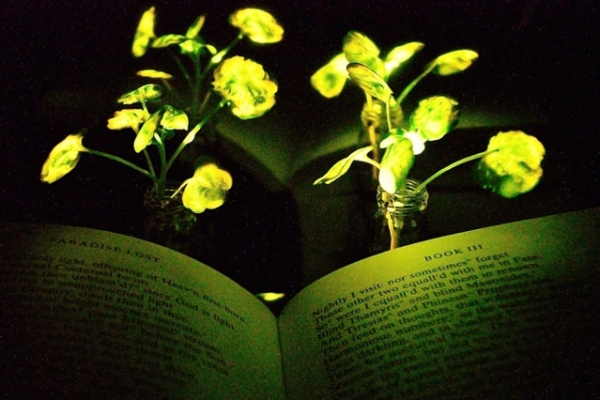
The technology could be used to provide low-intensity indoor lighting, or to transform trees into self-powered streetlights
The technology could be used to provide low-intensity indoor lighting, or to transform trees into self-powered streetlights
MIT engineers have developed glowing plant prototypes, not by genetically modifying them, but by injecting luciferase, the luminescent enzyme that allows fireflies to shimmer brightly, into their leaves. The process was applied mostly to watercress plants and at first the glowing effect lasted for about 45 minutes, but as the processes evolved, that figure improved to 3.5 hours. The study was funded by the US Department of Energy and scientists believe that, with further optimization, such plants will one day be bright enough to illuminate a workspace. Currently, the light generated by one 10-centimeter watercress seedling is about one-thousandth of the amount needed to read by. “The vision is to make a plant that will function as a desk lamp — a lamp that you don’t have to plug in. The light is ultimately powered by the energy metabolism of the plant itself,†says Michael Strano, the Carbon P. Dubbs Professor of Chemical Engineering at MIT and the senior author of the study. Hopefully, the research may reach a point where the materials can be applied to a plant just once while yielding a lifetime of useful lighting. “Our target is to perform one treatment when the plant is a seedling or a mature plant, and have it last for the lifetime of the plant,†adds Strano. “Our work very seriously opens up the doorway to streetlamps that are nothing but treated trees, and to indirect lighting around homes.†Eventually, the light output of the plants may be able to change depending on conditions, allowing treated plants to look perfectly normal in the daytime but glow brightly at night.
The technology of nanobionic plants
Plant nanobionics is a new research area pioneered by Strano’s lab, that aims to give plants novel features by embedding them with different types of nanoparticles. After experimenting with plants that can detect explosives, or plants that can monitor drought conditions, glowing plants that could save energy seemed like a logical next target. “Plants can self-repair, they have their own energy, and they are already adapted to the outdoor environment,†Strano says. “We think this is an idea whose time has come. It’s a perfect problem for plant nanobionics.†They even hope that in the future, there could be a way to paint or spray the nanoparticles onto plant leaves, which could make it possible to transform trees and other large plants into light sources. These plants could even shut off their light emission in response to environmental conditions such as sunlight, if embedded with nanoparticles carrying a luciferase inhibitor.
However, the idea had already appeared four years ago, when the promising ‘Glowing Plant project’ raised nearly half a million dollars on Kickstarter, easily blowing past its initial ask of $65,000. Last April though, its creator announced that the glow-in-the-dark plant project run out of money. Let’s hope that this time, the research effort will be more successful and the day when these nanobionic plants will replace lighting as we know it today, will come.
Source: MIT News
Source: MIT News
Media
Want to read more like this story?
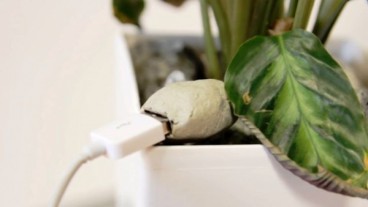
The world’s first plant pot that produces electricity from plants’ photosynthesis
May, 05, 2016 | NewsCharge your phone via a USB port using the power of a plant! Charge your phone via a USB po...

The hi-tech WTE plant in Copenhagen, expected to open this summer, will also feature a ski slope
Apr, 17, 2018 | NewsThe designers' goal was to redefine "the relationship between the waste plant and the city." The...

Japan votes to allow nuclear plants to operate beyond 60 years
May, 31, 2023 | NewsJapan passed a law on Wednesday allowing nuclear plants to operate beyond 60 years if safety condit...
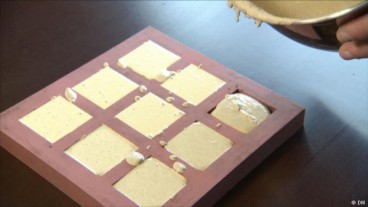
German researchers have developed concrete that functions as a photovoltaic cell
Jun, 14, 2017 | NewsThey used the principle of plant photosynthesis to create energy They used the principle of plant p...

North America’s largest biochar plant to be constructed in Canada
Jul, 05, 2023 | NewsNorth America’s largest biochar production plant is set to be constructed in Port-Cartier, Quebec,...
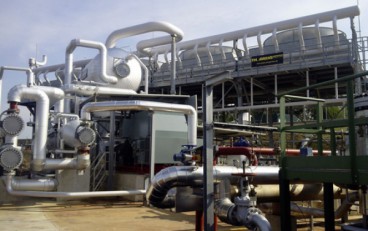
This geothermal power plant in France takes advantage of heat tapped in deep rock, supplying electricity to 3,000 households
Oct, 17, 2017 | NewsThe site was formerly used as a research facility The site was formerly used as a research facility...

Construction of a 160 MW hydroelectric power plant has started in Bosnia and Herzegovina
Jun, 24, 2023 | NewsA groundbreaking ceremony was held in late June for the Dabar hydroelectric power plant in the Repu...

First-ever floating nuclear power plant is under construction in Russia
Oct, 19, 2016 | NewsThe plant is set to start providing power and heat to the country’s remote northern regions by...
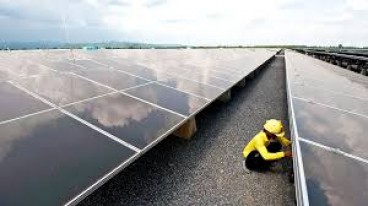
Thailand’s first large-scale solar power plant has been operating successfully for 4 years now
Jul, 08, 2016 | NewsIt demonstrates the feasibility of large, private sector solar farms, and leads the way to a greener...
Trending

Vertical gardens in Mexico City to combat pollution

Saudi Park Closed After 360 Big Pendulum Ride Crashes to Ground, 23 injured

Characteristics of Load Bearing Masonry Construction

Taipei 101’s impressive tuned mass damper

Dutch greenhouses have revolutionized modern farming

Federal court rules Biden’s offshore drilling ban unlawful


